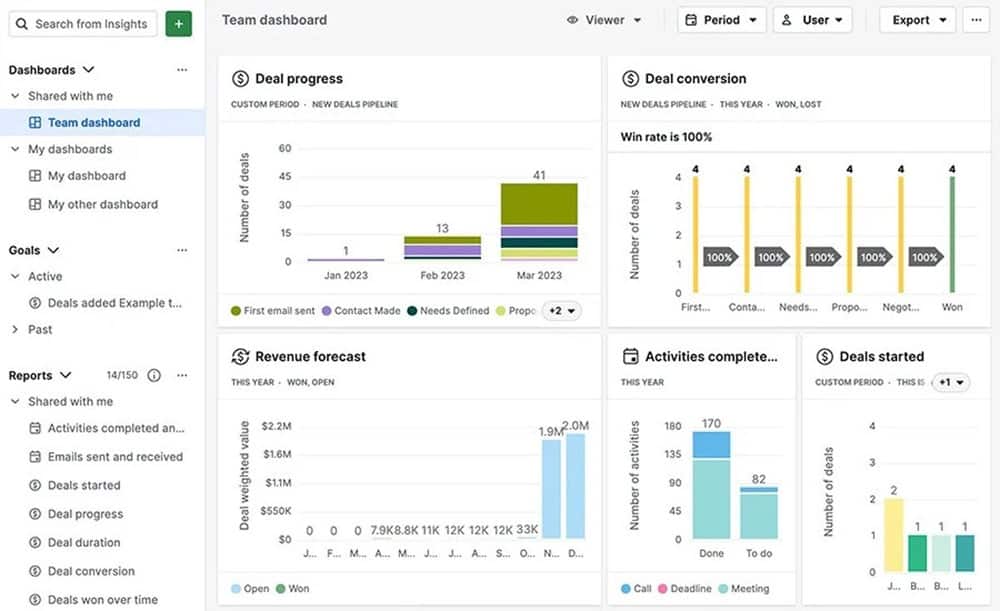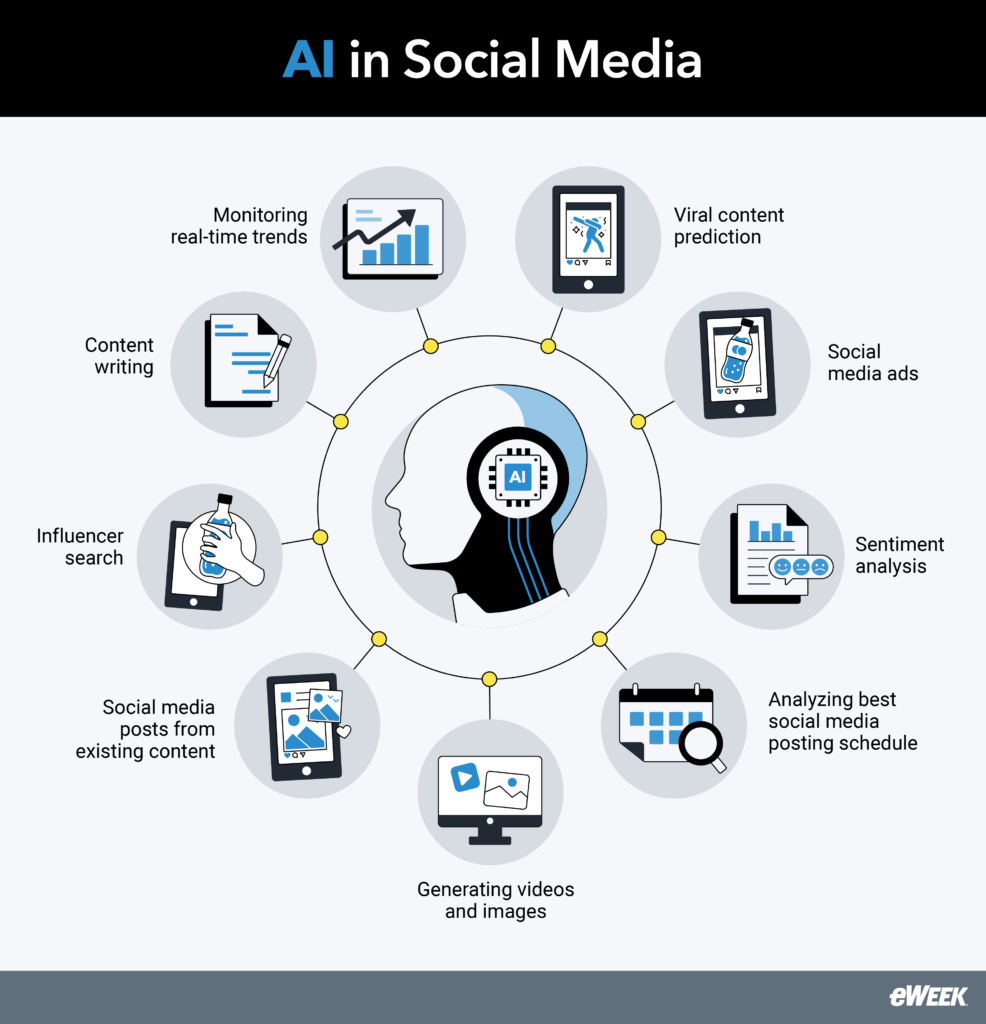Machine studying (ML) is being integrated into nearly all facets of enterprise IT. ML hurries up information analytics, facilitates real-time information processing and choice making, and drastically enhances modeling. Microsoft Azure ML and Databricks each supply top-rated ML instruments. However which is greatest to your firm?
As traditional, there are similarities and variations. In lots of instances, the selection boils all the way down to the precise ML wants of the surroundings.
Additionally see: Greatest Machine Studying Platforms
Azure ML vs. Databricks: Key Options
Azure Machine Studying is designed to assist information scientists and builders shortly construct, deploy, and handle fashions through machine studying operations (MLOps), open-source interoperability, and built-in instruments. It streamlines the deployment and administration of hundreds of fashions in a number of environments for batch and real-time predictions.
Repeatable pipelines can be utilized to automate workflows for steady integration and steady supply (CI/CD). Builders can use cross-workspace collaboration utilizing registries. It additionally gives steady monitoring of mannequin efficiency metrics and the detection of information drift, and it will probably set off retraining to enhance mannequin efficiency. Azure ML additionally has options to evaluate mannequin equity, explainability, error evaluation, causal evaluation, mannequin efficiency, and exploratory information evaluation.
Like Azure ML, Databricks is cloud-based. Its administration layer is constructed round Apache Spark’s distributed computing framework to make administration of infrastructure simpler. It makes use of a batch in-stream information processing engine for distribution throughout a number of nodes.
Databricks positions itself as a knowledge lake greater than a pure ML system, however it incorporates heavy responsibility ML capabilities. The emphasis is on use instances akin to streaming, ETL, and information science-based analytics/ML. It may be used to deal with uncooked unprocessed information in giant volumes.
Databricks is delivered as software program as a service (SaaS) and might run on all main cloud platforms; there’s even an Azure Databricks combo accessible. There’s a information aircraft in addition to a management aircraft for back-end companies that delivers instantaneous compute. Its question engine is alleged to supply excessive efficiency through a caching layer. Databricks offers storage by operating on high of AWS S3, Azure Blob Storage, and Google Cloud Storage.
The most recent model has added superior information warehousing and information governance capabilities, Databricks Market and Knowledge Cleanrooms for collaborative information sharing, information engineering optimizations to routinely execute batch and streaming information pipelines, computerized value optimization for ETL (extract, rework, load) operations, and ML life cycle enhancements.
For these needing sturdy ELT, information science, and machine studying options inside a knowledge lake/information warehouse framework, Databricks is the winner. For these simply wanting so as to add ML to current functions, Azure ML wins.
Additionally see: Knowledge Mining Methods
Azure ML vs. Databricks: Help and Ease of Use
Azure ML permits customers to collaborate with Jupyter Notebooks utilizing built-in assist for open-source frameworks and libraries. Customers can create correct and automatic ML fashions shortly for tabular, textual content, and picture. And people conversant in SQL and Azure will discover it significantly simple to make use of. However basically, the platform is designed to simplify ML processes.
Databricks, alternatively, is greatest for these used to Apache and open-source instruments. It takes a knowledge science method utilizing open-source and machine libraries, which can be difficult for some customers. It may run Python, Spark Scholar, SQL, NC SQL, and different platforms, and it comes packaged with its personal consumer interface in addition to methods to hook up with endpoints akin to JDBC connectors. Some customers, although, report that it will probably seem advanced and isn’t consumer pleasant, as it’s aimed toward a technical market and desires extra guide enter for cluster resizing clusters or configuration updates. There could also be a steep studying curve for some.
There’s a model that runs on Azure, however this doesn’t seem to be the best mixture. Garter Peer Critiques scores Databricks method forward of Databricks hosted on Azure when it comes to information entry and manipulation, optimization, efficiency, scalability, information preparation, ease of deployment, and assist. Most often, it’s in all probability greatest to choose one or the opposite and never attempt to cobble them each collectively.
Azure ML wins when it comes to total ease of use.
Additionally see: High AI Software program
Azure ML vs. Databricks: Safety
Azure ML gives information safety, entry management, authentication, community safety, and menace safety to determine uncommon entry areas, SQL injection assaults, and authentication assaults.
Additional security measures embody part isolation limits. Builders can use it in a managed and safe surroundings with cloud CPUs (central processing models), GPUs (graphics processing models), and supercomputing clusters whereas having fun with steady monitoring with Azure Safety Heart.
Databricks offers role-based entry management (RBAC), computerized encryption, and loads of different security measures. Each platforms do a very good job of safety, so there is no such thing as a clear winner on this class. For Microsoft retailers, Azure wins. Past that, it’s a tie.
Azure ML vs. Databricks: Integration
Microsoft does a very good job tying its varied ecosystems collectively. Azure ML, Azure Synapse, and the remainder of the Azure choices are properly built-in. That applies as properly to Home windows and different Microsoft choices, together with Energy BI for analytics. It even does an honest job integrating Apache instruments, though not in addition to Databricks, which is constructed solidly on an Apache bedrock.
Compared, Databricks requires some third-party instruments and utility programming interface (API) configurations to combine governance and information lineage options. Databricks additionally helps any format of information together with unstructured information, which supplies it an edge in that space over Azure ML.
Extra not too long ago, Databricks added open-source connectors for Go, Node.js, and Python to make it less complicated to entry from different functions. A Databricks SQL question federation characteristic gives the power to question distant information sources together with PostgreSQL, MySQL, AWS Redshift, and others with out the necessity to first extract and cargo the information from the supply methods.
Azure ML is the plain winner right here for Microsoft and Azure retailers. Exterior of that sphere, Databricks wins.
Azure ML vs. Databricks: Pricing
There may be an excessive amount of distinction in how these instruments are priced. However talking very typically, Databricks is priced at round $99 a month. There may be additionally a free model. As storage is just not included in its pricing, Databricks may fit out cheaper for some customers and never for others. All of it depends upon the best way the storage is used and the frequency of use. Compute pricing for Databricks can also be tiered and charged per unit of processing. That mentioned, some customers complain about how costly it may be.
Azure ML is slightly advanced on pricing, too. There are totally different parameters included that add to value past a basic pay per use mannequin. However basically, it appears like it’s cheaper than Databricks total.
Azure ML wins on value, though it isn’t attainable to do a full comparability. Customers are suggested to evaluate the assets they anticipate to want to assist their forecast information quantity, quantity of processing, and evaluation necessities. For some customers, Databricks might end up cheaper, however for many, Azure ML will in all probability come out forward.
Selecting Between Azure ML and Databricks
Azure ML and Databricks are each glorious ML instruments. Every has professionals and cons, however it all comes all the way down to utilization patterns, information volumes, workloads, and information methods.
Azure ML is extra suited for many who wish to construct fashions and crunch a number of information via an ML engine. It’s also good for builders who wish to construct ML options into functions.
Databricks does related issues, however has ML as one part in an even bigger information lake suite that features streaming, information warehousing, and ELT. As such, it ought to be seen extra as a broad information platform with wider scope than Azure ML. Customers retailer information in managed object storage of their selection. The main focus, then, is on the information lake and information processing.
Databricks wins for a technical viewers. Azure ML can work properly for that very same viewers however can also be designed for a much less tech-savvy consumer base. Databricks isn’t as simple to make use of, is alleged to have a steep studying curve, and will require extra upkeep. However, it will probably handle a wider set of information workloads and languages.
The selection largely comes all the way down to consumer choice and desires. These conversant in Apache Spark will are inclined to gravitate towards Databricks. These comfy with Azure and Microsoft instruments might be properly suited to make use of Azure ML.
However, there could also be occasional instances the place Azure ML doesn’t present the entire features information scientists want, even when they’re working on Azure/Home windows. The truth that Databricks can run Python, Spark Scholar, SQL, NC SQL, and different languages makes it engaging to builders in these camps.
Azure wins for people who simply want to reinforce current infrastructure and functions with ML performance. Databricks wins for these favoring open-source applied sciences and who’re searching for a broader information lake/information warehouse and information administration platform.
Additionally see: High Knowledge Mining Instruments












